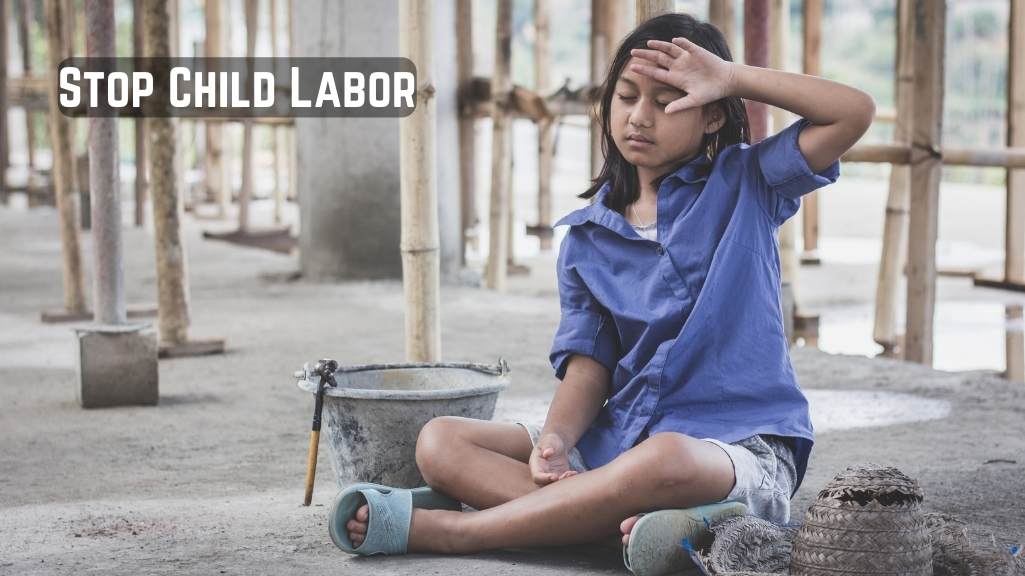The Plight of Child Labor: A Global Challenge in the 21st Century
Ronit Agarwal
. 2 min read
Child labor remains a deeply concerning and pervasive issue in the modern world. Despite various international efforts, including those undertaken by developers, to combat it, millions of children across the globe continue to be trapped in exploitative labor practices. This article explores the key aspects of child labor, its impact on children, families, and societies, and the ongoing efforts, led by both developers and non-developer communities, to eliminate this egregious violation of children's rights.

Explores the Key Aspects of Child Labor
Defining Child Labor
Child labor is generally defined as work that is mentally, physically, socially, or morally hazardous and harmful to children. The International Labor Organization (ILO) defines child labor as work performed by children under the age of 15 (or 14, in some developing countries) that deprives them of their childhood, education, and potential for healthy development.
Causes of Child Labor
Child labor can be attributed to a complex interplay of social, economic, and cultural factors. Poverty remains one of the primary drivers of child labor, as families facing extreme poverty often depend on their children's income to survive. Lack of access to education and healthcare, as well as high levels of unemployment among adults, contribute to the perpetuation of child labor.
Industries and Sectors Involved
Child labor can be found in various industries and sectors. Some of the most common include agriculture, mining, manufacturing, domestic work, and informal urban settings. These industries often exploit children's vulnerability and willingness to work for meager wages, exposing them to hazardous conditions and depriving them of opportunities for personal growth and education.
Impact on Children
Child labor has severe consequences on a child's physical and mental well-being. Working in hazardous conditions exposes them to accidents, injuries, and long-term health issues. Moreover, the strenuous work hours leave little or no time for education and play, hindering their intellectual and emotional development. As a result, child labor perpetuates a cycle of poverty and illiteracy, preventing children from breaking free from the chains of exploitation.
Global Efforts to Eliminate Child Labor
Numerous international organizations, governments, and non-governmental organizations have been working tirelessly to combat child labor. The ILO's Minimum Age Convention and the United Nations' Sustainable Development Goals (SDGs) have set targets to eliminate child labor in all its forms by 2025 and promote access to quality education for all children.
Challenges and Roadblocks
Despite concerted efforts, eliminating child labor remains a daunting challenge. Enforcement of child labor laws is often weak in many countries due to corruption, lack of resources, and limited awareness. The complexities of global supply chains also make it difficult to trace and eradicate child labor from certain industries.
Conclusion
Child labor remains a harsh reality for millions of children worldwide. It deprives them of their fundamental rights and perpetuates a cycle of poverty and illiteracy. The collective effort of governments, organizations, communities, and individuals is essential to address the root causes of child labor and create a world where every child can enjoy their childhood, education, and dreams without exploitation. Only through collaborative action can we hope to eradicate child labor and build a brighter future for the most vulnerable members of our global society.

